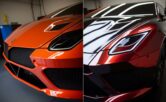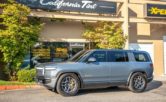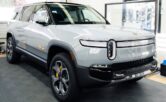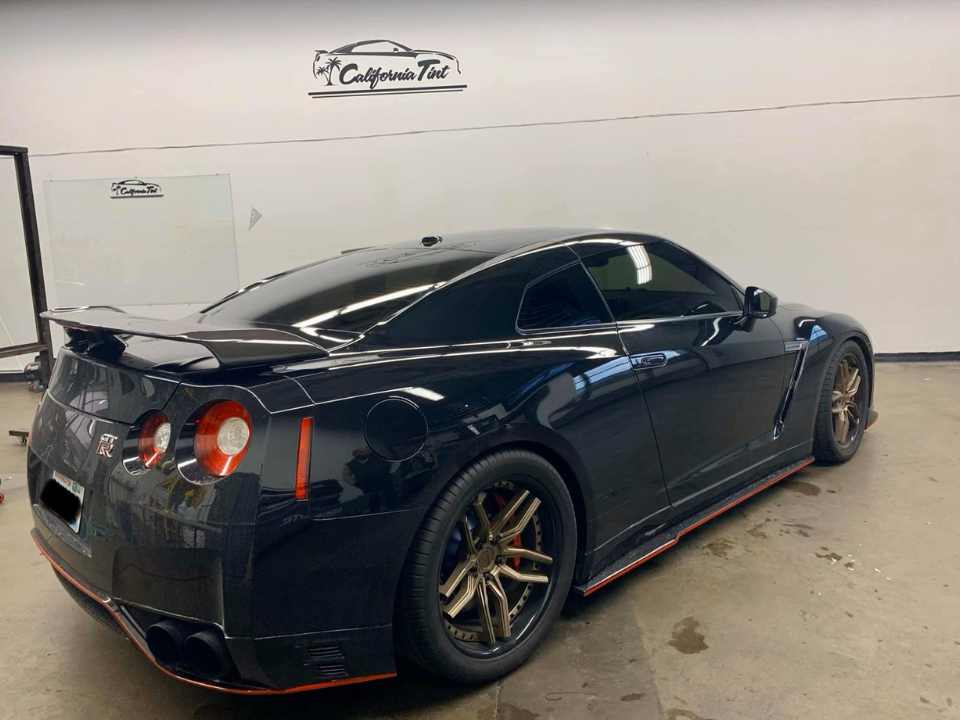
DIY PPF Vs PPF Installers: What Can Go Wrong?
When it comes to protecting your vehicle’s finish, Paint Protection Film (PPF) is one of the best investments you can make. The clear film guards your paint from scratches, chips, and environmental damage, preserving your car’s appearance and value. While a DIY PPF installation might initially seem like a budget-friendly and rewarding project, it carries many risks that can jeopardize the film’s effectiveness and your vehicle’s paint. Professional installers bring expertise, precision, and the right tools to ensure a flawless, durable application. This article explores common pitfalls in DIY PPF installation, broken down into five critical areas, showing why professionals are often the better choice.
Improper Surface Preparation: The Foundation of Failure
Proper surface preparation is the bedrock of any successful Paint Protection Film application. Before applying the film, the vehicle’s paint must be immaculately clean, free of any dirt, oils, wax, or contaminants. DIY installers often underestimate the importance of this step, which can lead to dirt particles or residues being trapped under the film. These imperfections not only mar the film’s appearance but also create weak spots where the film can lift or peel prematurely. Professionals use specialized cleaning agents and techniques, ensuring the surface is completely ready to bond with the film, which greatly increases the longevity and visual appeal of the installation.
Mismeasuring and Incorrect Cutting: A Costly Mistake
Accurate measurement and cutting of the PPF are paramount to a seamless fit, especially since the film must conform precisely to the curves and contours of your vehicle. DIY attempts frequently involve guesswork or improper tools for measuring and trimming, leading to uneven edges, overcuts, or insufficient coverage. These errors can cause the film to peel at the edges or leave exposed areas vulnerable to damage. Professional installers use precision-cut templates and advanced software to pattern the film perfectly for each vehicle model, minimizing waste and ensuring a perfect fit that maximizes protection.
Water Contamination and Debris: The Enemy Within
Working with soapy water and spray solutions is a common technique in PPF installation to achieve repositionability and a smooth fit. However, in a DIY environment, dust, pet hair, or other airborne particles can easily contaminate the application area. When these contaminants get trapped beneath the film alongside water, they cause unsightly blemishes and bubbles that are very hard to remove afterward. Professionals operate in controlled environments or dedicated facilities with clean rooms or dust-exclusion setups, dramatically reducing the chances of debris becoming trapped and guaranteeing a pristine finish.
Air Bubbles and Wrinkles: The Unprofessional Finish
Missing the mark on technique can quickly result in visible air bubbles, creases, and wrinkles under the PPF. These defects detract from your vehicle’s appearance and impair the film’s protective qualities by creating vulnerable points. DIY installers often lack the specialized tools (such as heat guns and precision squeegees) and the training to stretch and lay the film smoothly around aerodynamic shapes. Skilled installers apply heat and tension with professional-grade tools to conform the film perfectly to complex surfaces, eradicating bubbles and wrinkles for a flawless, factory-quality look.
Adhesive Failure and Lifting: The Long-Term Disaster
Even if applied flawlessly at first, poor adhesive bonding can cause the film’s edges or sections to lift over time. This often results from insufficient surface prep, incorrect environmental conditions during installation, or using subpar films. Lifting not only compromises protection but also allows dirt and moisture to accumulate underneath, which can damage the paint beneath the film. Professional installers understand the technical requirements for adhesive activation, including temperature and humidity controls, and rely on premium films with strong, lasting adhesives that ensure the PPF stays securely in place for years.
Choosing between a DIY PPF project and professional installation boils down to understanding the complexity and risks involved. While DIY kits might save money upfront, the potential for errors, from poor surface prep to lifting adhesive, can quickly lead to costly reinstallation or vehicle damage. Trusting experienced installers ensures your investment in PPF delivers maximum protection, aesthetic appeal, and long-term durability. For peace of mind and the best results, professional application remains the smarter, safer choice.
If you’re interested in professional PPF for your vehicle that will last for years, contact California Tint!
- Why Is My Car Paint Chipping? Common Causes and How to Prevent It - November 14, 2025
- PPF vs Ceramic Coating For Your Rivian: Which Is Right For You? - September 18, 2025
- DIY PPF Vs PPF Installers: What Can Go Wrong? - September 8, 2025
